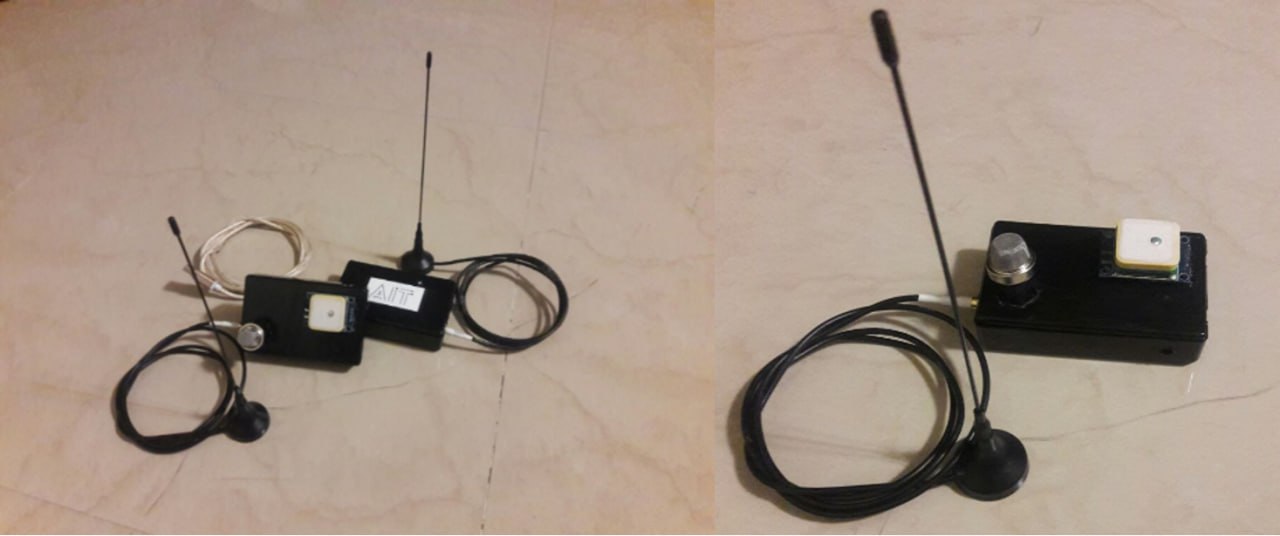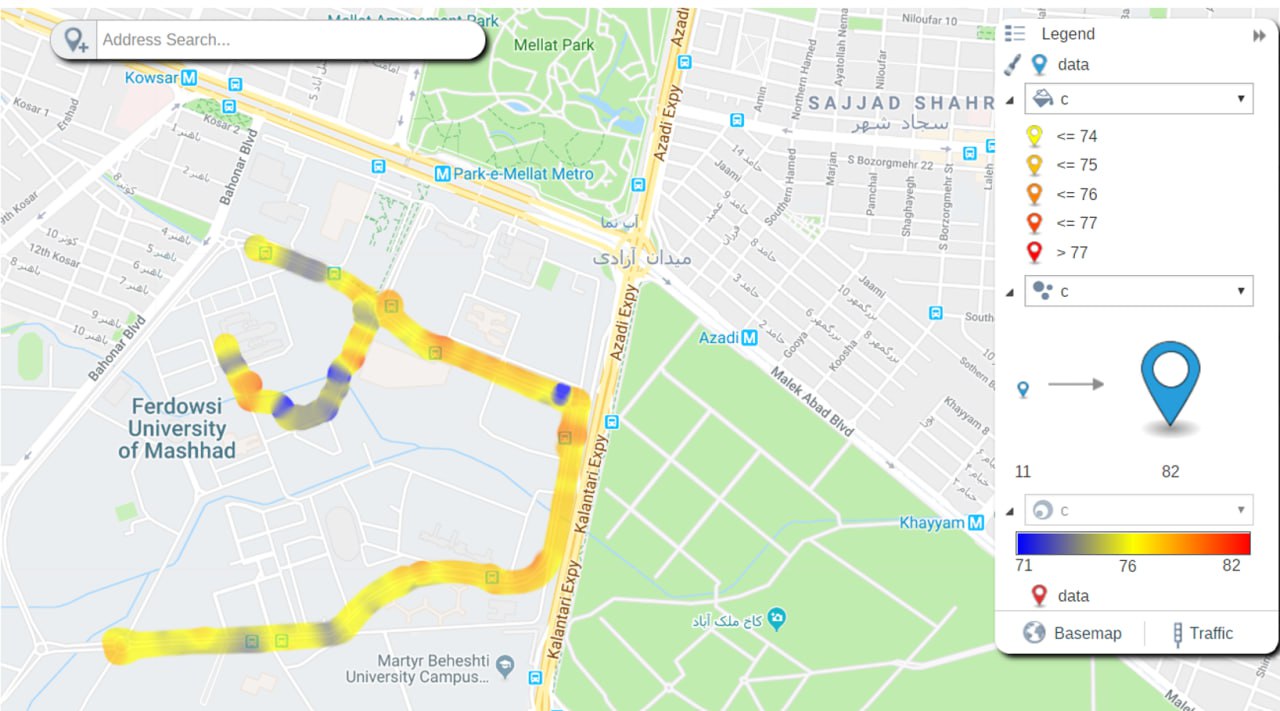Mobile Sensor-Based Environmental Air Pollution Monitoring System
The Mobile Sensor-Based Environmental Air Pollution Monitoring System is an innovative solution designed to transform air quality management in urban environments. By deploying mobile sensors on vehicles like city buses and cars, this system collects real-time data on air pollution levels across diverse locations. This data empowers citizens, city planners, and health professionals with actionable insights for environmental planning and public health management.
Left to right: Mobile Sensor Unit, Real-Time Data Processing, City-Wide Implementation



Key Features and Benefits
This system leverages advanced technology to deliver a range of impactful features:
- Real-Time Pollution Data: Sensors detect pollutants like particulate matter, ozone, carbon monoxide, sulfur dioxide, nitrogen oxides, and lead, providing critical data for health-conscious individuals and city officials.
- Dynamic Coverage: Unlike static air quality monitoring stations, mobile sensors cover a wider geographic area, capturing spatial variations in pollution levels.
- Health and Safety Alerts: Real-time alerts warn users of high pollution zones, protecting vulnerable groups like children, the elderly, and those with respiratory conditions.
- Centralized Data Collection: Data is transmitted to a central server for storage and analysis, enabling advanced environmental studies.
- User-Friendly Mobile Application: A mobile app displays real-time air quality data, maps, and notifications, empowering users to make informed decisions.
- AI-Powered Data Analysis: Machine learning algorithms analyze data to predict trends and provide actionable insights for urban planning.
Applications and Impact
The system supports a wide range of applications with significant societal benefits:
- Urban Planning and Management: City planners use pollution data to develop strategies for reducing air pollution and improving public health.
- Public Health and Safety: Timely air quality information protects vulnerable populations and supports healthcare providers in managing pollution-related health issues.
- Environmental Awareness: The mobile app fosters public awareness of environmental issues, encouraging sustainable practices.
- AI-Driven Insights for Policy Making: AI analytics provide predictive modeling for policy development, enabling effective regulations.
Technical Specifications
- Mobile Sensors: High-precision sensors with GPS for location-specific pollution data.
- Communication Network: Utilizes LoRa radio communication for reliable data transfer.
- Central Server: Hosts a robust database for data aggregation and supports the mobile app.
- Mobile Application: Available for iOS and Android, offering real-time data and alerts.
- AI-Powered Analytics: Employs AI algorithms for accurate pollution mapping and predictions.
Research and Development
Developed by the Pattern Recognition Laboratory at Ferdowsi University of Mashhad, this project leverages cutting-edge research to ensure reliability and scalability through pilot implementations.
Background and Importance
Air pollution, a major global health challenge, contributes to millions of premature deaths annually due to pollutants like nitrogen oxides and particulate matter. This system addresses the need for comprehensive air quality monitoring to mitigate health risks.
Project Implementation
The system comprises several integrated components:
- Mobile Sensors: Detect pollutants and transmit data with GPS coordinates via LoRa or mobile internet.
- Communication Network: Ensures reliable data transfer using LoRa or mobile networks.
- Central Server: Aggregates data for processing and public access via the internet.
- AI-Powered Data Processing: Cleans and analyzes data using AI techniques for accurate mapping.
- Mobile Application: Displays real-time pollution maps and alerts, helping users navigate cleaner routes.
Challenges and Solutions
- Energy Management: Sensors use vehicle power or batteries with optimized power management for continuous operation.
- Data Integrity: AI algorithms filter noise and estimate missing data for reliable results.
- Environmental Factors: Sensors are designed to withstand diverse weather conditions.
Conclusion
The Mobile Sensor-Based Environmental Air Pollution Monitoring System is a groundbreaking solution for urban air quality management. By integrating IoT, AI, and mobile technology, it provides real-time insights and fosters sustainable urban living.
